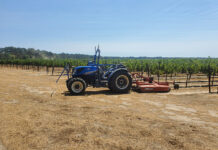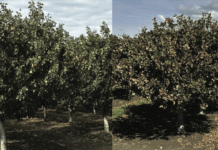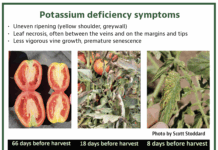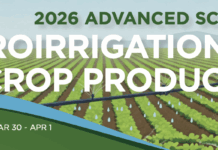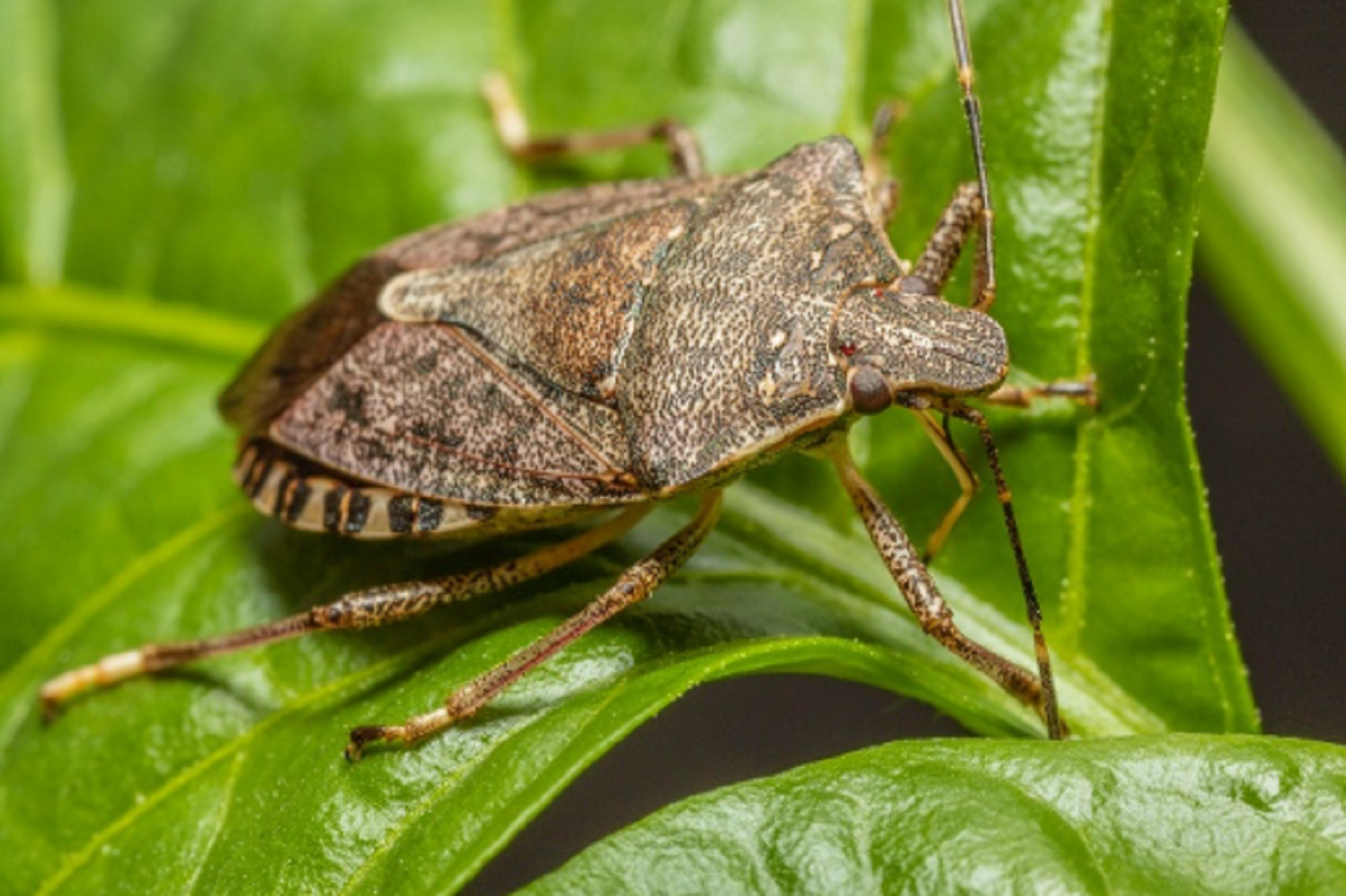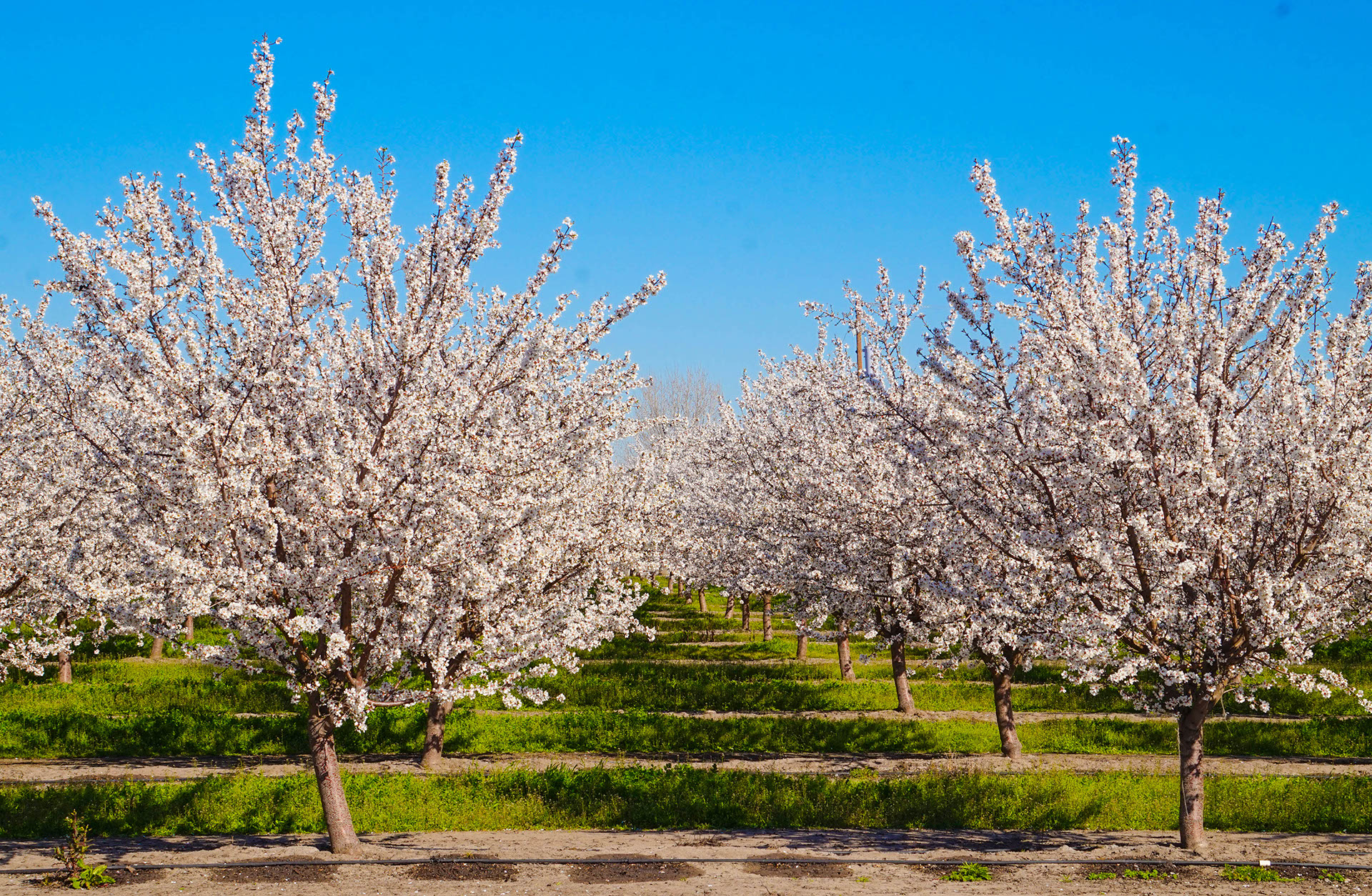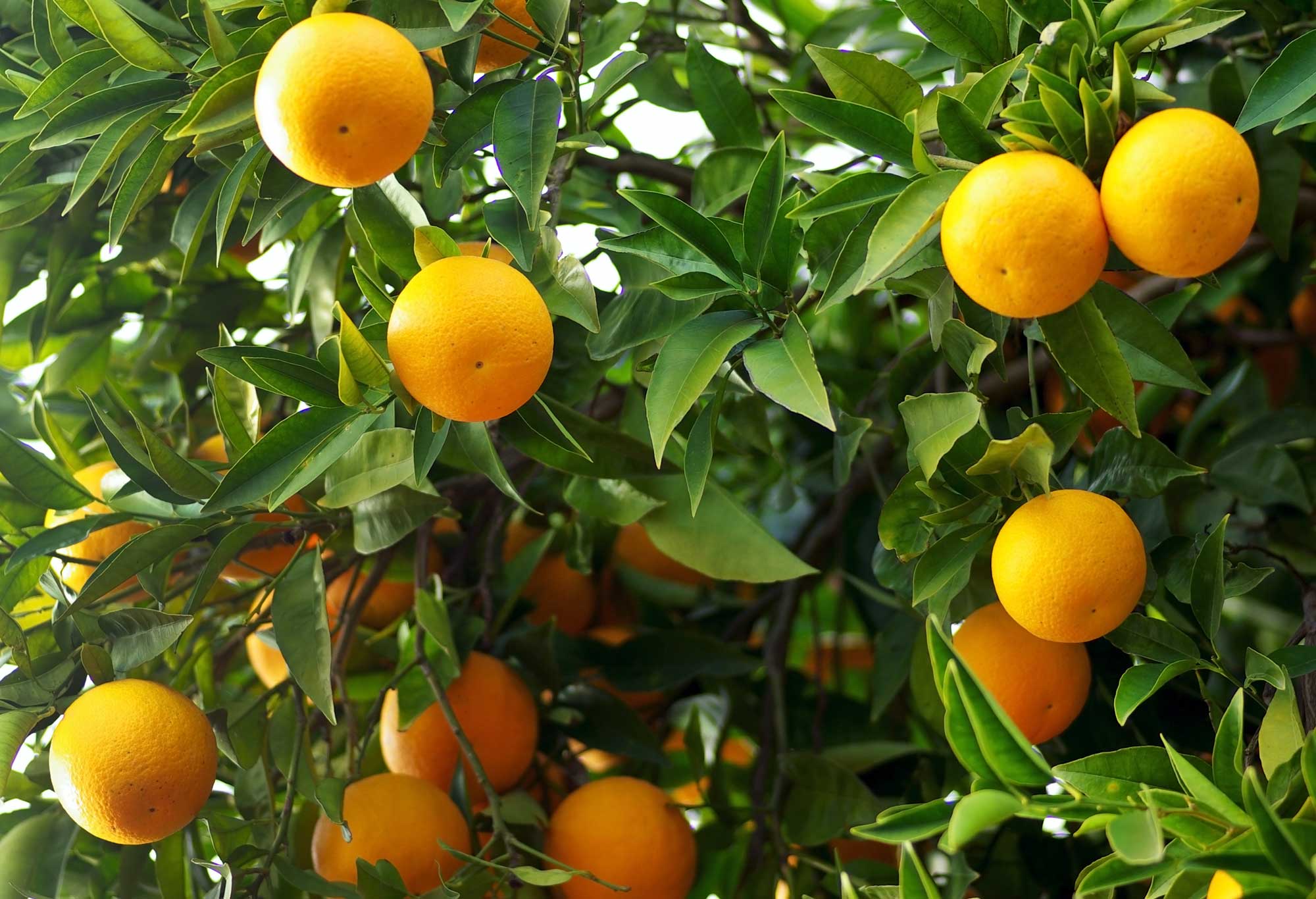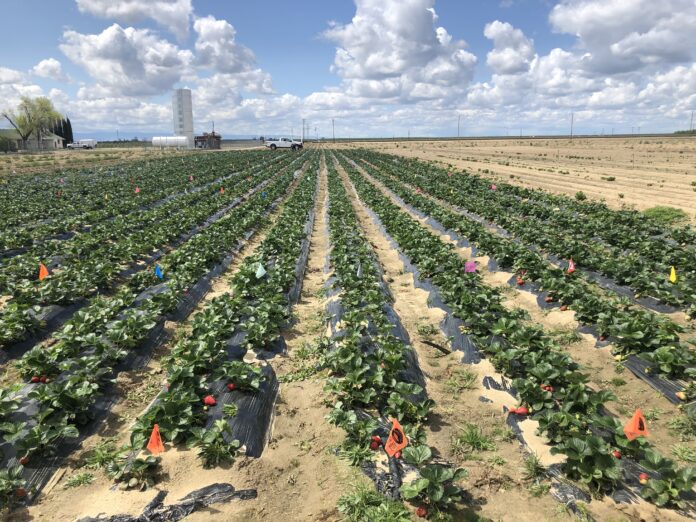
Listen to the audio version of this article (generated by A.I.)
California, Oregon and Washington are major U.S. agricultural regions producing high-value crops like berries, tree nuts, tree fruits, grapes, vegetables and ornamentals. Together, these states generate more than $60 billion annually in agricultural commodities. With this diversity comes constant pest pressure, and while synthetic pesticides remain the dominant control method, there is growing interest in biological alternatives, including macrobiologicals (natural enemies), microbial pesticides, botanicals, biofungicides and bionematicides.
Despite market growth, biologicals are still underutilized. Many growers see them as slower, costlier or less effective than synthetics. To better understand awareness, use and perceptions, two large surveys were conducted in 2024 and 2025 across California, Oregon and Washington. This article presents the highlights of a recently published article in the Journal of Integrated Pest Management (Dara 2025). Please refer to the original article for complete details.
Survey Design
Two separate but complementary surveys were administered:
Oregon and Washington Survey
Distributed to about 400 stakeholders and promoted through commodity commissions and LinkedIn, this survey collected 126 responses between March and June 2024. Most participants were based in Oregon, with some from Washington and a few other states. It focused on horticultural crops, key arthropod pests, use and perceptions of macrobiologicals, microbial pesticides and other non-synthetic solutions, as well as educational needs.
California Survey
Shared with about 1,700 stakeholders through digital platforms and in-person events, this survey received 209 responses between April 2024 and February 2025. It focused exclusively on biological inputs, including macrobiologicals, microbial pesticides, botanicals, biofungicides and bionematicides.
Oregon and Washington Survey: Key Findings
Among Oregon and Washington respondents, 64% identified as growers and 11.5% as crop care professionals. The majority worked with berry crops, while others represented nursery plants, vegetables, ornamentals and various other horticultural commodities.
When asked about major arthropod pests, respondents cited both general pest categories and specific species. Aphids were the most frequently mentioned (76 times), followed closely by mites (73 mentions), especially spider mites. Fruit flies received 45 mentions, with many specifically identifying spotted-wing drosophila (Drosophila suzukii). Other pests mentioned included beetles, thrips, worms, weevils, moths, scales and maggots. These responses emphasize that hemipteran, acari and dipteran pests remain particularly problematic in the region.
Awareness of biological control options was high. About 83% of respondents were familiar with macrobiologicals such as predators and parasitoids, and roughly 48% had used them. Awareness of microbial pesticides (including bacteria, fungi, nematodes and viruses) reached 74%, with 63% reporting use. Botanical and other biopesticides had slightly lower awareness (62%) but higher usage, with 65% of respondents indicating experience with these products.
Despite this awareness and usage, satisfaction levels were mixed. Only 11% of respondents reported being “very satisfied” with biopesticides, while 45% were “somewhat satisfied.” Dissatisfaction was attributed to several key factors: lower efficacy compared to synthetics, higher costs, slower action, the need for repeated applications, limited residual activity, narrow pest or crop specificity, environmental sensitivity and a lack of training or technical knowledge.
In fact, 89% of respondents expressed a need for more education on biologicals, and 80% wanted broader IPM training to enhance their pest management strategies. These numbers underscore the educational gap that continues to hinder broader adoption.
California Survey: Key Findings
In California, 37% of survey respondents were growers and 23% were crop care professionals. Most respondents represented small fruits, tree fruits, vegetables and nut crops. This survey did not ask about pests, focusing entirely on awareness, use and satisfaction with various biological categories.
Among macrobiologicals, awareness was exceptionally high at 97%, with 67% having used them and 80% reporting satisfaction. This positive perception likely stems from longstanding practices such as the use of predatory mites in strawberry IPM and natural enemy releases in greenhouse production.
Microbial pesticides had similarly high recognition, with 94% awareness and 75% usage. Satisfaction was also strong at 77%. Botanical and other biopesticides were even more widely adopted, with 95% awareness and 94% usage, and a 79% satisfaction rate. Biofungicides followed with 90% awareness, 75% usage and 75% satisfaction. Bionematicides lagged; only 67% of respondents were aware of them, and just 47% reported using them. With a satisfaction rate of 64%, this was the lowest-rated category. The limited adoption may be due to nematodes posing less of a threat in key California crops like berries and vegetables.
Respondents in California echoed many of the same concerns voiced in Oregon and Washington. Across categories, they cited lower efficacy than synthetics, higher costs, slower action, increased application frequency and lack of confidence in product performance. Other barriers included crop and pest specificity, timing sensitivity, concerns about phytotoxicity (especially with botanicals), potential harm to beneficial insects and uncertainty about product consistency or research data.
When asked to rank biological inputs by perceived efficacy, respondents selected macrobiologicals as the most effective (36%), followed by botanical and other biopesticides (25%), biofungicides (21%), microbial pesticides (16%) and bionematicides at the bottom. Interestingly, although microbial pesticides ranked lower overall, nearly 84% of respondents placed them within their top three, reflecting confidence in their broader application potential.
Nearly 88% of California respondents said they needed to learn more about macrobiologicals, microbial pesticides, botanicals and biostimulants. These responses strongly reinforce the findings from the Oregon and Washington survey.
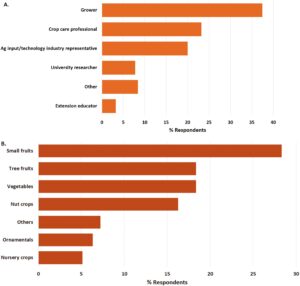
Comparative Insights
Across all three states, the surveys reveal strong awareness of biological inputs and a moderate level of adoption. California showed especially high engagement, likely due to longer-standing biocontrol practices and broader crop diversity. Still, skepticism remains; many respondents continue to view biologicals as less effective, slower-acting and more expensive than synthetics.
Satisfaction levels were generally higher in California, especially with macrobiologicals and microbial pesticides. This could be attributed to successful examples in crops such as strawberries and greenhouse vegetables, supported by stronger extension outreach.
The most notable barrier is not lack of access but lack of knowledge. Both surveys highlighted a widespread need for targeted education and training to improve growers’ confidence in using biological tools effectively.
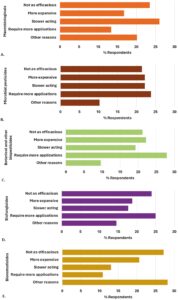
Broader Implications for IPM
Despite being widely viewed as essential for sustainable agriculture, biologicals still struggle to replace synthetic pesticides in many conventional systems. This is largely due to three core challenges: complexity of use, cost and economic risk, and a shortage of clear, crop-specific guidance.
For biologicals to be integrated more successfully, stakeholders will need to invest in applied research, robust extension programs and cross-sector collaboration. Academic institutions in particular play a vital role in filling knowledge gaps through demonstration trials and hands-on IPM training.
The surveys offer a detailed snapshot of where growers stand today. Most are open to biologicals, many have tried them and most want to learn more. Macrobiologicals enjoy the best reputation, particularly in California, while bionematicides remain underused due to limited familiarity and necessity. Bridging the gap between awareness and adoption will require persistent investment in education, research and product development to make biological tools a central pillar of sustainable pest management.
This summary of the original article was generated using ChatGPT.
References
Dara, S. K. 2025. Awareness, use, and perception of biologicals in integrated pest management on the US West Coast. JIPM 16(1): 34. https://doi.org/10.1093/jipm/pmaf026.


